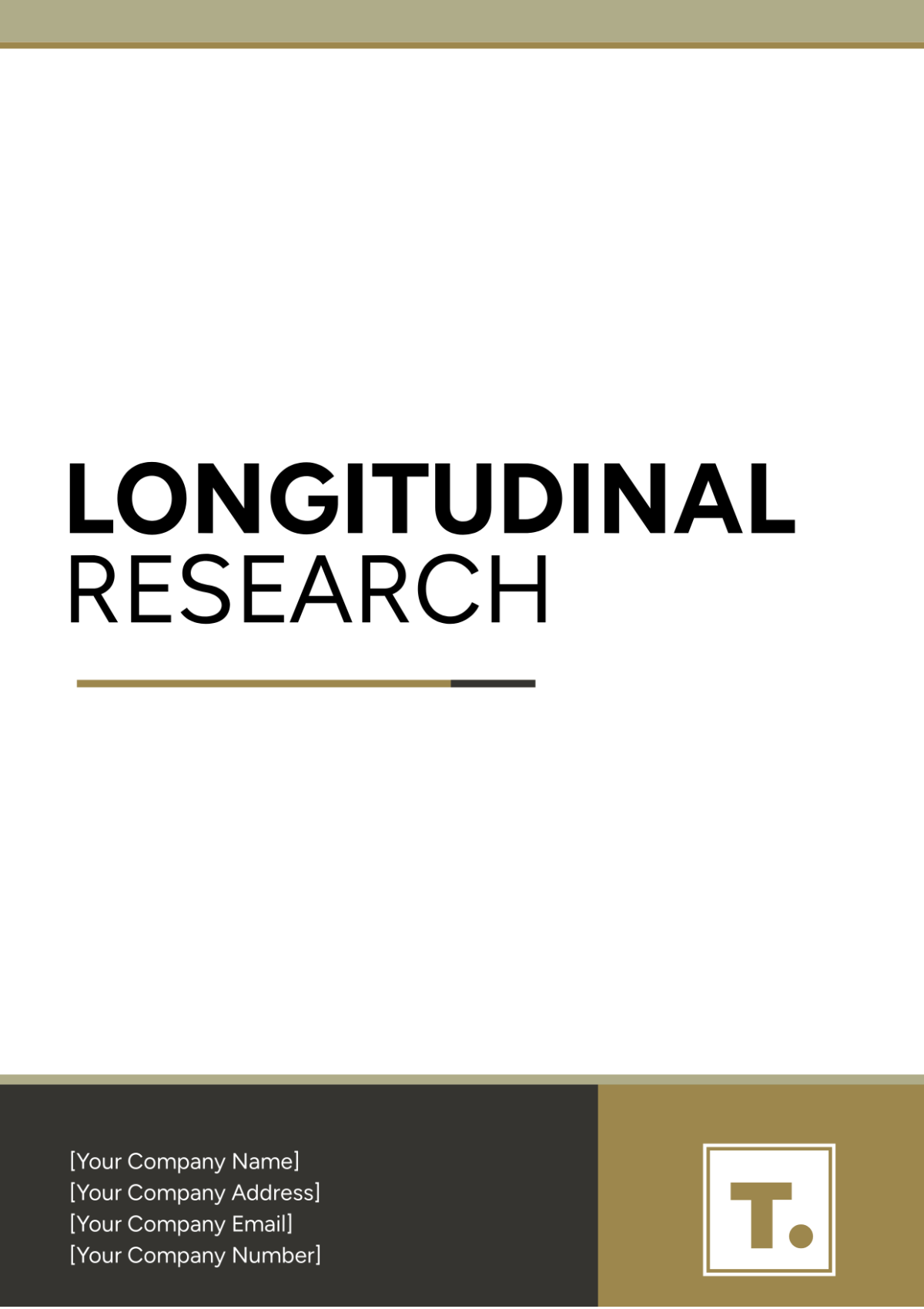Journal Article Submission
Written by: [Your Name]
Abstract
The submission of a journal article is a critical step in academic publishing, involving several key processes. This guide outlines the steps necessary to prepare, submit, and successfully publish a manuscript. By understanding the intricacies of journal selection, manuscript preparation, and the peer review process, researchers can significantly improve their chances of publication. The guide also provides best practices for addressing common challenges and effectively navigating the submission process.
Introduction
Submitting a journal article requires a thorough understanding of the process to ensure that the manuscript meets publication standards. This article serves as a comprehensive guide to the submission process, offering insights into key considerations, potential challenges, and strategies for success. By following these guidelines, researchers can enhance their chances of having their work published in reputable journals.
Literature Review
A successful journal article submission begins with a solid understanding of the existing literature in the field. Researchers must conduct a thorough literature review to identify gaps in current knowledge and position their work within a broader academic context. This section emphasizes the importance of aligning the research with the journal's focus and scope, as well as the significance of contributing new insights to the field.
Methodology
The methodology section outlines the research design, including sample selection, data collection methods, and analytical techniques. A transparent and rigorous approach is essential for ensuring the credibility and reproducibility of the study. This section also highlights the importance of adhering to ethical standards and maintaining the integrity of the research process.
Results
The results section presents the findings of the study in a clear and logical manner. This may include statistical analyses, tables, and figures that illustrate the key outcomes of the research. Researchers must ensure that their results are presented accurately and without bias, providing a solid foundation for the subsequent discussion.
Discussion
In the discussion section, researchers interpret their findings, contextualizing them within the broader academic landscape. This section explores the implications of the results, compares them with previous studies, and identifies areas for future research. The discussion should provide a critical analysis of the findings, considering both their strengths and limitations.
Conclusion
The conclusion summarizes the key findings of the study and their significance for the field. This section also offers recommendations for future research, addresses any limitations, and suggests potential directions for further investigation. By providing a concise and impactful conclusion, researchers can effectively communicate the value of their work to the academic community.
References
Smith, J. (2050). Journal Article Submission: A Guide for Researchers. Academic Publishing Journal, 45(2), 123–135.
Johnson, R., & Lee, M. (2059). Navigating the Peer Review Process: Best Practices for Authors. Research in Academia, 38(4), 456-467.
Brown, T. (2058). Conducting a Comprehensive Literature Review: Strategies for Success. Journal of Academic Research, 32(1), 78–92.
Green, A., & White, P. (2051). Aligning Research with Journal Scope: Tips for Authors. International Journal of Research Methodology, 44(3), 210–222.
Adams, K. (2057). Designing Rigorous Research Methodologies. Methodological Advances in Research, 21(2), 114–126.

















































